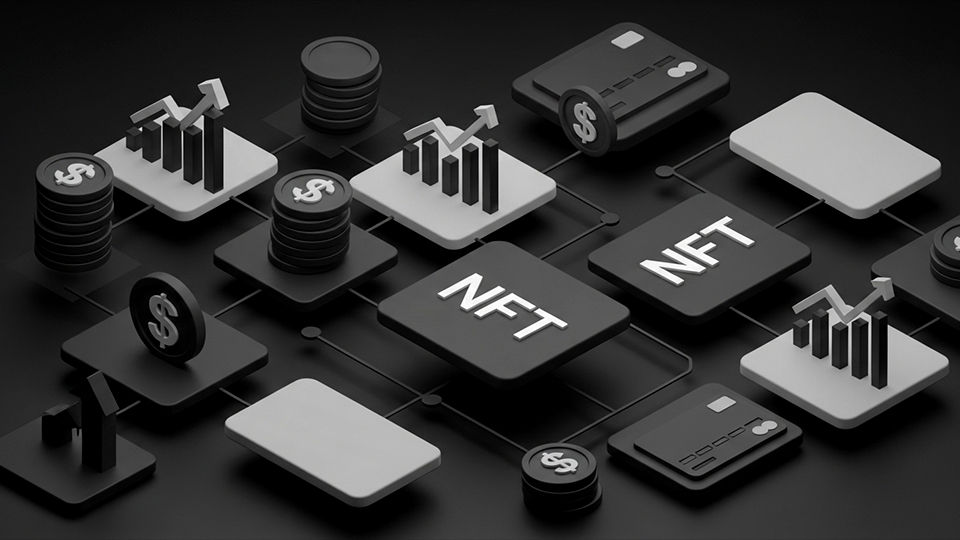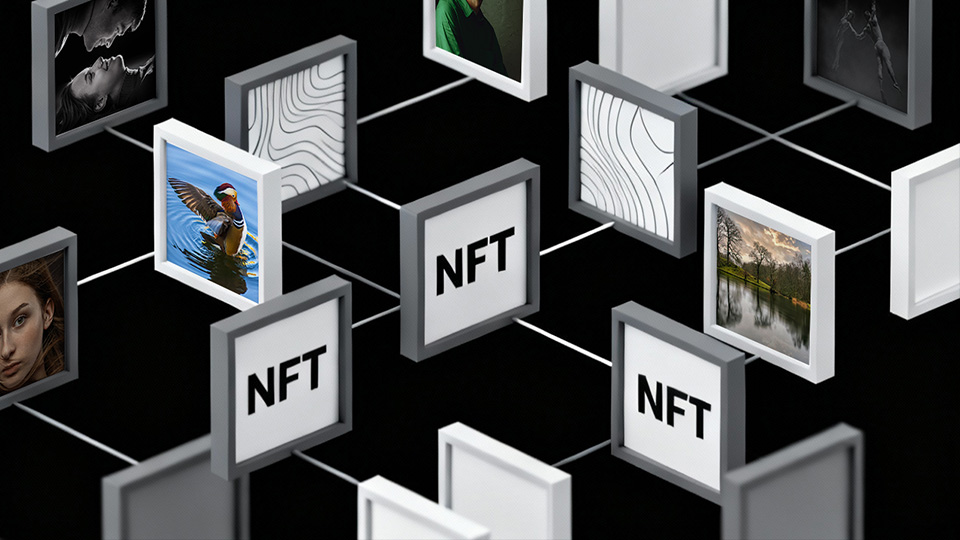Decentralized Social Media: Will Web3 Replace Traditional Platforms?
The rise of Web3 technologies has sparked discussions across various industries, including social media. Traditional platforms such as Facebook, Twitter, and Instagram have long dominated digital communication, but concerns over data privacy, censorship, and centralized control have led to the emergence of decentralized social media alternatives. The question remains: Can Web3 truly replace traditional social media platforms?
The Promise of Decentralized Social Media
Decentralized social media platforms leverage blockchain technology to distribute control among users rather than a single centralized authority. Unlike traditional platforms, where companies own and manage user data, decentralized networks aim to return data ownership to individuals. This shift promises greater privacy, reduced censorship, and enhanced transparency.
Key benefits of decentralized social media include:
- User Control Over Data – Blockchain-based platforms provide users with complete sovereignty over their content and personal information, ensuring that no centralized authority can exploit or misuse their data for commercial or political gain. This can lead to a more secure and transparent online experience, where users are in charge of how their data is shared and used.
- Reduced Censorship – Unlike traditional social networks that moderate content through centralized policies and algorithms, decentralized platforms rely on community governance models or smart contracts to determine content moderation. This means that users can freely express their opinions without fear of being arbitrarily deplatformed or having their content suppressed based on corporate interests or external political pressures.
- Monetization Opportunities – Web3 introduces novel monetization models such as token-based incentives, NFTs, and direct creator-to-audience payments. This reduces dependence on ad revenue and empowers content creators to earn directly from their followers without needing to rely on intermediaries. These models also encourage more engagement and support for quality content, creating a more sustainable space for creators and users alike.
Challenges Facing Web3 Social Platforms
Despite the potential advantages, decentralized social media faces significant challenges that may hinder its widespread adoption:
• Scalability Issues – Blockchain networks often struggle with transaction speed and scalability, making mass adoption difficult. Unlike traditional social media platforms that can process millions of interactions per second, decentralized platforms face bottlenecks that may cause slow load times, higher transaction fees, and a less seamless user experience.
• User Experience – Many Web3 platforms are still in early development stages, with complex onboarding processes that deter non-technical users. For mainstream adoption to occur, these platforms must improve their user interfaces, simplify wallet integrations, and provide intuitive tools that do not require advanced knowledge of blockchain technology.
• Content Moderation – While reduced censorship is a key selling point, the absence of structured moderation can lead to misinformation, harmful content, and even illegal activities spreading unchecked. Decentralized networks need to strike a balance between freedom of expression and responsible content oversight, possibly through decentralized autonomous organizations (DAOs) or AI-assisted moderation techniques.
• Network Effects – Traditional platforms benefit from large, established user bases, making it challenging for new decentralized alternatives to attract and retain users. Since social media thrives on engagement and connectivity, Web3 platforms must offer compelling incentives, unique features, and smooth interoperability with existing networks to encourage migration.
Will Web3 Replace Traditional Platforms?
The shift from traditional social media to decentralized social media is unlikely to happen overnight. While Web3 platforms offer solutions to many existing concerns, they must overcome technical and adoption hurdles before challenging mainstream networks. Instead of outright replacement, a hybrid model may emerge, where traditional platforms integrate decentralized elements such as blockchain-based identity verification or tokenized incentives.
Ultimately, the success of decentralized social media will depend on its ability to provide seamless, user-friendly experiences while addressing regulatory and security concerns. As Web3 technology evolves, it has the potential to redefine social networking, but whether it will completely replace existing platforms remains uncertain.





